A month or so ago I gave the kick-off talk at the Building Enclosure Council National Symposium, taking a very quick and dirty look at two kinds of history of building enclosures. I have had a keen interest in building enclosures since I co-chaired the Technology Conference for the Association of Collegiate Schools of Architecture with Andrew Vernooy in 2001, which we titled “Building Skins: Where Design and Technology Meet”.
One of the first projects I did in my career was an addition to a 19th century stone house in Austin that had 20-inch thick limestone walls. I really admired that old house with its single-material walls and high thermal mass that actually performed beautifully without insulation or a vapor barrier.
As I have traveled I have admired a very long lineage of single-material walls. Ancient stone or brick walls acted as the structure, thermal barrier, and enclosure as well as interior and exterior finish. I love the ruins of the ancient Hittite city of Hattusa in central Turkey where massive stone walls constituted virtually all construction—from dwellings and markets to gigantic ramparts. Another great example is Machu Picchu in Peru, which is made almost entirely of carefully crafted stonework.

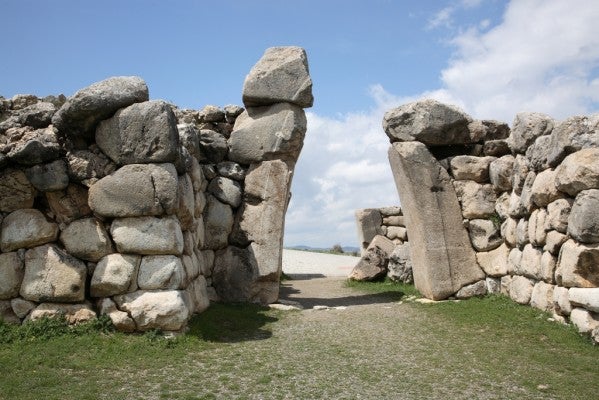

Centuries later, at the beginning of the 20th century, Cass Gilbert designed Battle Hall at UT Austin with very similar construction. Its walls are just one thickness of stone all the way through, but they have performed very well both aesthetically and thermally for more than a century. Even when air conditioning was added, Battle Hall’s high thermal mass has helped keep it temperate even during our hot Texas summers.
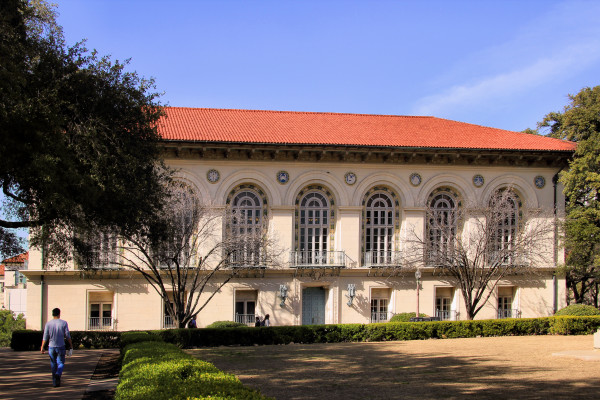

There is a second history of walls that conceives of them as layers of various materials, each of which accomplishes a particular function. Early versions of this can be seen in Roman buildings, like the Pantheon, that have a structural core faced with very different materials for the inside finish and the outside skin.
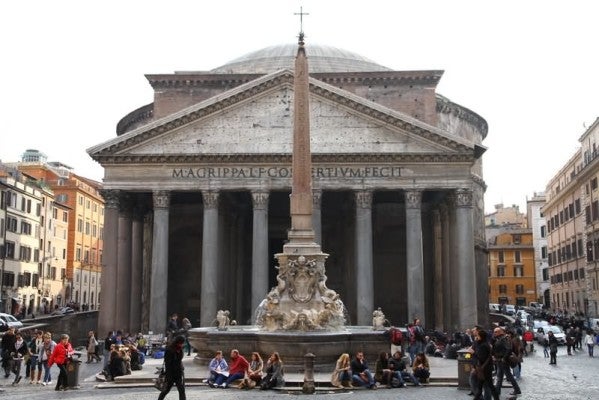
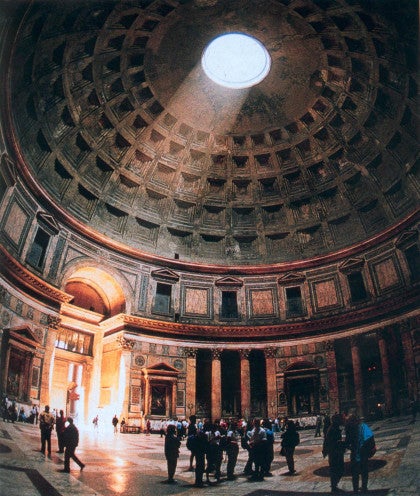
Over the last 20-30 years we have become very adept at making walls out of layers with many materials where each material is performing a separate role: one for structure, one for insulation, one for water-proofing, one for vapor barrier, another for interior finish, and another for exterior finish. We are interested in getting the best performance out of each material with its own specific characteristics. The coordination of so many materials may not be so great, with different people doing each installation, often months apart in the building process. A lot of glitches can happen at the intersection of those various materials, and the result is often not perfect.
Might we get equal or better performance out of fewer materials? We have experimented with this idea in several projects we have done at Page, learning lessons from older single-material walls. At the Torcasso residence, located in New Mexico, we used only rammed earth for some of the walls. They are thick and solid and that single material provides everything needed: structure, vapor barrier, insulation, interior finish and exterior finish.
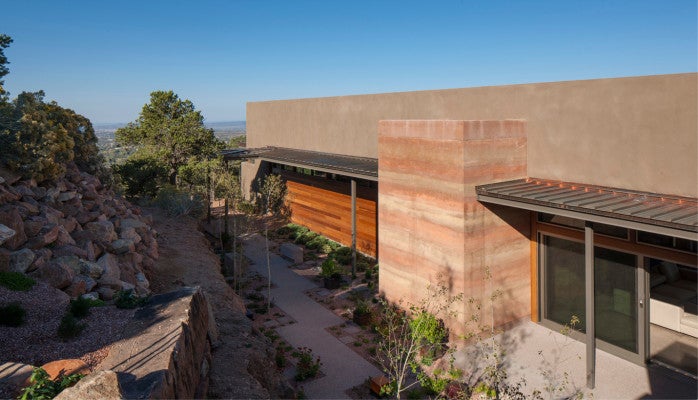
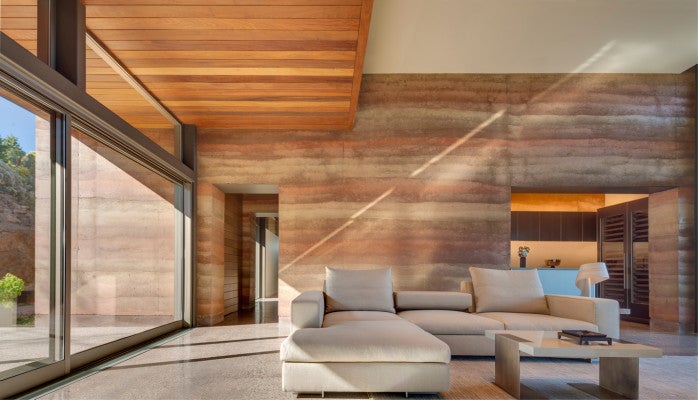
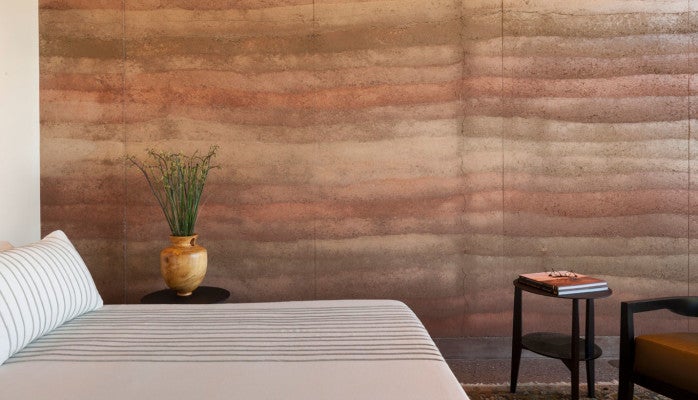
In Austin, we designed a small office building for Wiss, Janney, Elstner Associates. It features thick, unreinforced concrete walls, which serve as both the structure and the environmental barrier, and we used the walls’ thickness to significant thermal advantage.
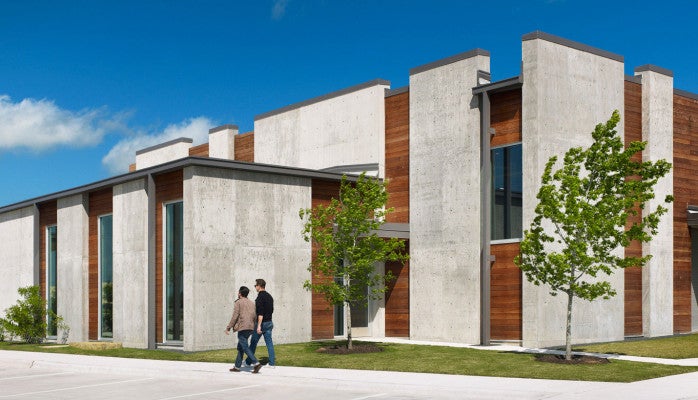
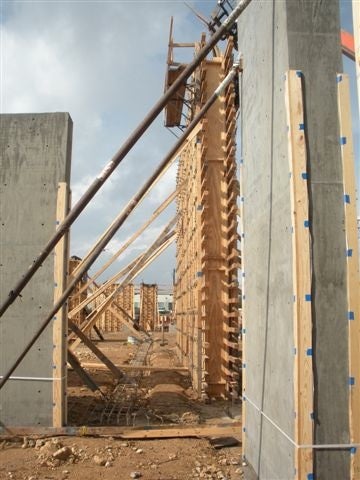
I am not a building science nerd, and I certainly continue to be interested in walls made up of layers of materials capped by a rainscreen. However, it also seems appropriate to explore another longstanding genre of wall construction that optimizes simplicity of construction and high thermal mass.